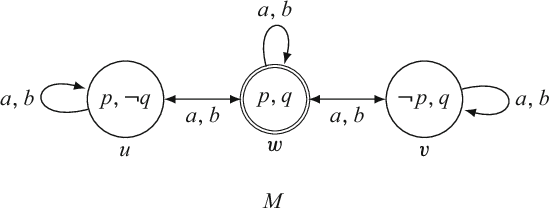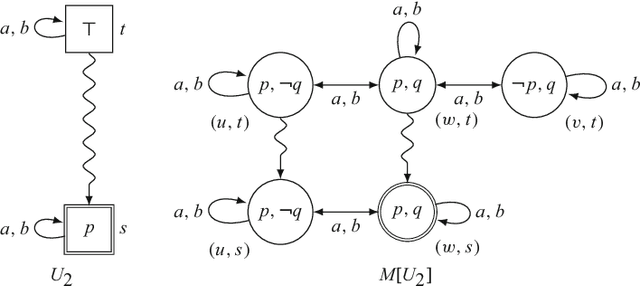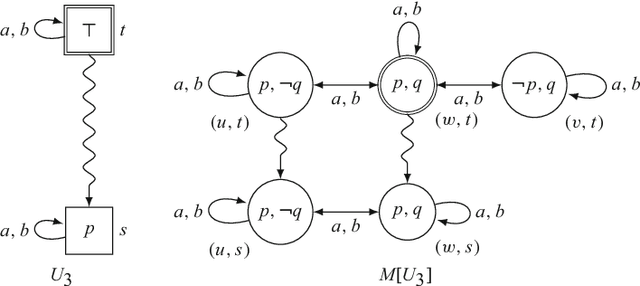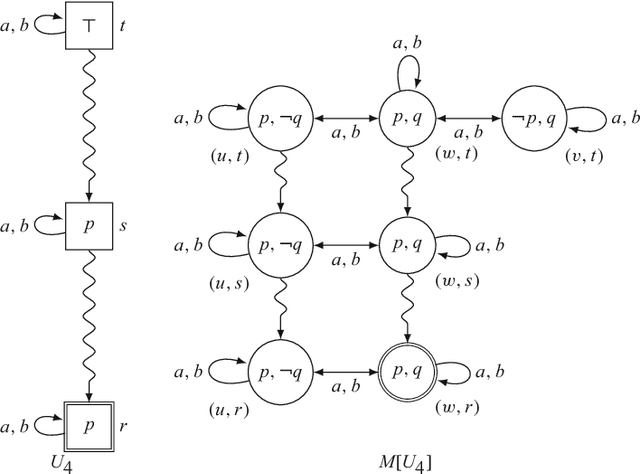Joshua Sack
Logics of Temporal-Epistemic Actions
Nov 23, 2014



Abstract:We present Dynamic Epistemic Temporal Logic, a framework for reasoning about operations on multi-agent Kripke models that contain a designated temporal relation. These operations are natural extensions of the well-known "action models" from Dynamic Epistemic Logic. Our "temporal action models" may be used to define a number of informational actions that can modify the "objective" temporal structure of a model along with the agents' basic and higher-order knowledge and beliefs about this structure, including their beliefs about the time. In essence, this approach provides one way to extend the domain of action model-style operations from atemporal Kripke models to temporal Kripke models in a manner that allows actions to control the flow of time. We present a number of examples to illustrate the subtleties involved in interpreting the effects of our extended action models on temporal Kripke models. We also study preservation of important epistemic-temporal properties of temporal Kripke models under temporal action model-induced operations, provide complete axiomatizations for two theories of temporal action models, and connect our approach with previous work on time in Dynamic Epistemic Logic.
Parametric Constructive Kripke-Semantics for Standard Multi-Agent Belief and Knowledge (Knowledge As Unbiased Belief)
Sep 10, 2012
Abstract:We propose parametric constructive Kripke-semantics for multi-agent KD45-belief and S5-knowledge in terms of elementary set-theoretic constructions of two basic functional building blocks, namely bias (or viewpoint) and visibility, functioning also as the parameters of the doxastic and epistemic accessibility relation. The doxastic accessibility relates two possible worlds whenever the application of the composition of bias with visibility to the first world is equal to the application of visibility to the second world. The epistemic accessibility is the transitive closure of the union of our doxastic accessibility and its converse. Therefrom, accessibility relations for common and distributed belief and knowledge can be constructed in a standard way. As a result, we obtain a general definition of knowledge in terms of belief that enables us to view S5-knowledge as accurate (unbiased and thus true) KD45-belief, negation-complete belief and knowledge as exact KD45-belief and S5-knowledge, respectively, and perfect S5-knowledge as precise (exact and accurate) KD45-belief, and all this generically for arbitrary functions of bias and visibility. Our results can be seen as a semantic complement to previous foundational results by Halpern et al. about the (un)definability and (non-)reducibility of knowledge in terms of and to belief, respectively.
 Add to Chrome
Add to Chrome Add to Firefox
Add to Firefox Add to Edge
Add to Edge